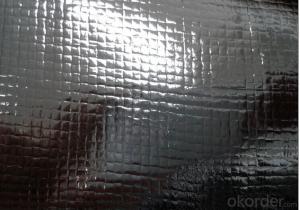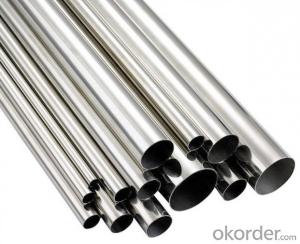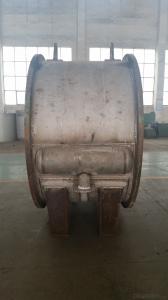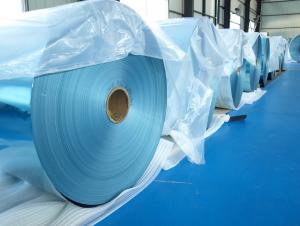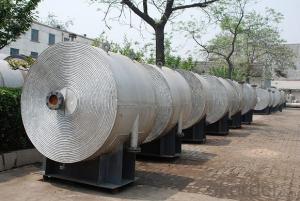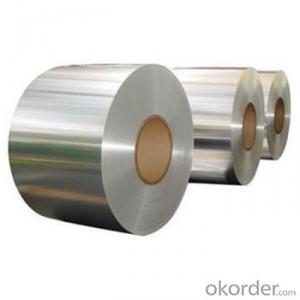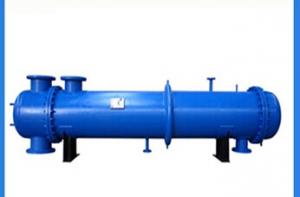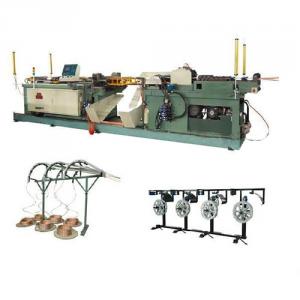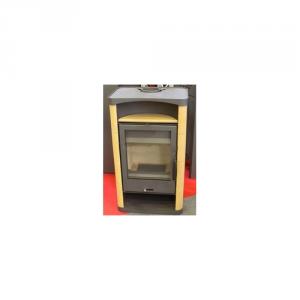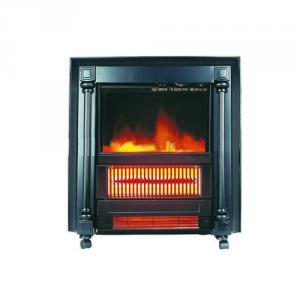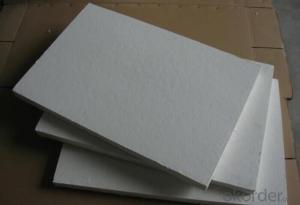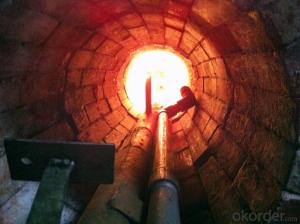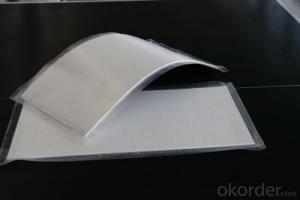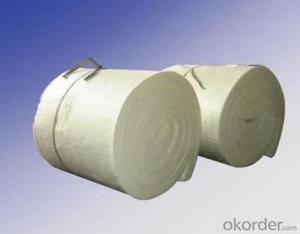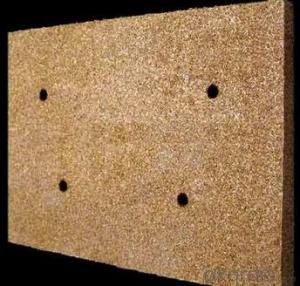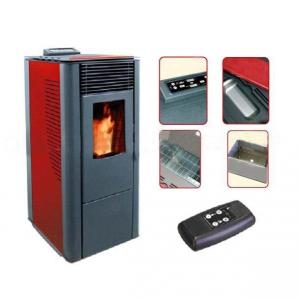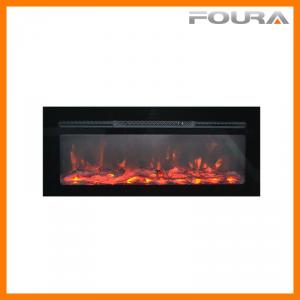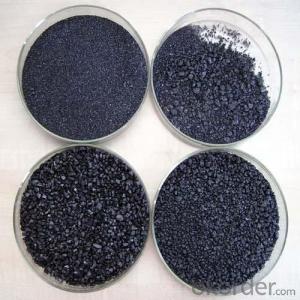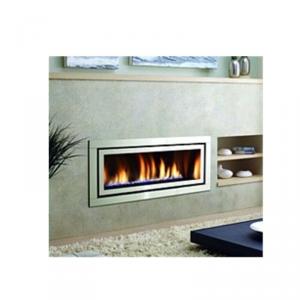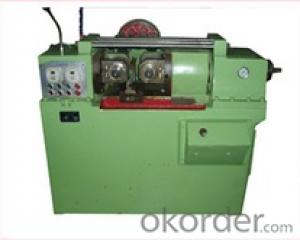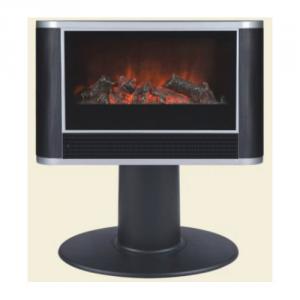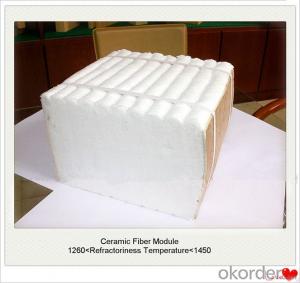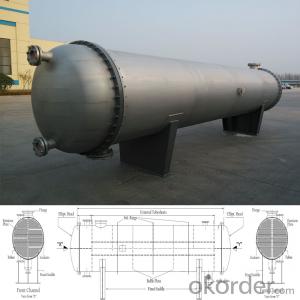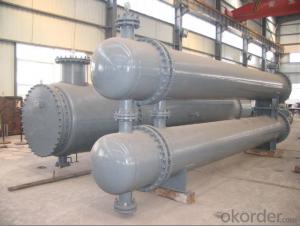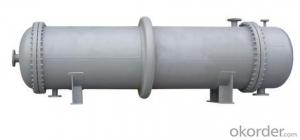Fireplace Heat Exchanger
Fireplace Heat Exchanger Related Searches
3 Inch Stainless Steel Pipe 2 Inch Stainless Steel Pipe 3 4 Stainless Steel Pipe 3 Stainless Steel Pipe 1 Stainless Steel Pipe 4 Stainless Steel Pipe Sch 10 Stainless Steel Pipe Stainless Steel Threaded Pipe Stainless Steel Pipe Flange Stainless Steel Flex PipeHot Searches
Cheap High Tea Sets For Sale Portable Led Signs For Sale Stone Hot Water Bottles For Sale Large Led Screens For Sale H4 Led Headlight Bulbs For Sale Air Pump For Aquarium Price Inverter Size For Solar System Solar Thermal Collectors For Sale Used Finger Joint Machine For Sale Aluminum Plate For Sale Near Me Pipe Staging For Sale Aluminum Stock For Sale Near Me 6 3 Electrical Wire For Sale Aluminum Towers For Sale 6 3 Wire For Sale Bbq Machine For Sale Aeration Machine For Sale Used Power Inverters For Sale Hvac Vacuum Pump For Sale Used Hotel Furniture For Sale OnlineFireplace Heat Exchanger Supplier & Manufacturer from China
Okorder.com is a professional Fireplace Heat Exchanger supplier & manufacturer, offers integrated one-stop services including real-time quoting and online cargo tracking. We are funded by CNBM Group, a Fortune 500 enterprise and the largest Fireplace Heat Exchanger firm in China.Hot Products
FAQ
- When running the heat my furnace wont turn off when it hits the temp setting on my digital thermostat. Is it the furnace or the thermostat?
- Since the thermostat won't turn it off, how do you turn it off? Do you have to shut the circuit breaker off, unplug the furnace, turn off the gas, or what? That would help narrow down the problem.
- Why do refrigerants have a high latent heat of vaporization?
- Refrigerants do not have as high a latent heat of vaporization as water (for any ratio of pressure/critical pressure). Water would be a perfect fluid for use as a refrigerant if it didn't freeze at zero Celsius (but if it had any lower a melting point we might not have even evolved on Earth). So, water and steam are good for use in building a power plant, but not good for use in building a refrigerator. Refrigerants do perhaps have high latent heats of vaporization compared to most alcohols. High latent heat of vaporization is an asset for refrigerants, because most of the heat absorption and heat rejection in the vapor-compression refrigeration cycle occurs as a phase change. Hence why the heat absorption and heat rejection heat exchangers are called the evaporator and the condenser respectively. The phase changes chosen happen at different pressures, so it is important to realize that multiple values of heat of vaporization come in to play, since heat of vaporization varies with pressure.
- Glycerine enters a heat exchanger at a temp of 30°C and exits at a temp of 56°C. What is the temp change in units of °F, °R, and K?
- Substract 56C from 30C to get the difference in deg C Convert each temperature to deg F, subtract as above to get the difference in deg F Convert each temperature to deg K, subtract as above to get the difference in deg K Convert each temperature to deg R, subtract as above to get the difference in deg R
- how to calculate heat duty of heat exchanger?
- Its depend on the following factors:- 1.Contact area (Condenser Size) 2. Compressor Capacity 3. Flow Rate 4. Delta T Provide me the maxim data u have i will help u.
- thanks for the help
- One of the factors in the overall heat transfer coefficient for a heat exchanger is velocity in the exchanger. The higher the velocity usually the higher the heat transfer coefficient. The higher the velocity, the higher the pressure drop. In other words, the higher the velocities and pressure drops, the more effective the exchanger is. For a given exchanger, the greater the flow rate, the higher the pressure drop is likely to be. Also the greater the flow rate the larger the exchanger will need to be to keep the pressure drop within allowable limits.
- I got a 1991 Plymouth Acclaim LX V6 and the heat isn't workin and wanna figure it out so i can get it fixed! There is air comin' out the vents but it doesn't heat, cools but doesn't heat. Could i need a heating element replaced or something. Unfamiliar to this stuff.
- Check your heater hoses going to your heater core by the firewall. If one is hot and the other is cool your heater is pluggged up. This does not mean the heater core needs to be replaced. It may be flushed out and you will get good heat again. This service will need to be done by a qualified shop. Reverse flushing the heater core needs to be flushed with water and air pressure. If both heater hoses are hot it may in the air distribution box which may be a cable or actuator. Unfortunately there is no easy answer, get it checked before the cold weather hits because then its tough to get into a shop. I hope this helps.
- Hallo,Could anyone share with me how to calculate the heat transfer area for a finned tube heat exchanger based on its fin height,fin thickness and etc.TQVM
- I do not have it right now in my head but I know that you can find it in text books, or perhaps on the web. Try this:web.mit.edu/16.unified/www/FALL/the...
- and plz list your name/email so i can list you as a resource 4 my sci. paper
- Convection involves the transfer of heat by the motion and mixing of macroscopic portions of a fluid (that is, the flow of a fluid past a solid boundary). The term natural convection is used if this motion and mixing is caused by density variations resulting from temperature differences within the fluid. The term forced convection is used if this motion and mixing is caused by an outside force,such as a pump. The transfer of heat from a hot water radiator to a room is an exampe of heat transfer by natural convection. The tansfer of heat from the surface of a heat exchanger to the bulk of a fluid being pumped through the heat exchanger is an example of forced convection.
